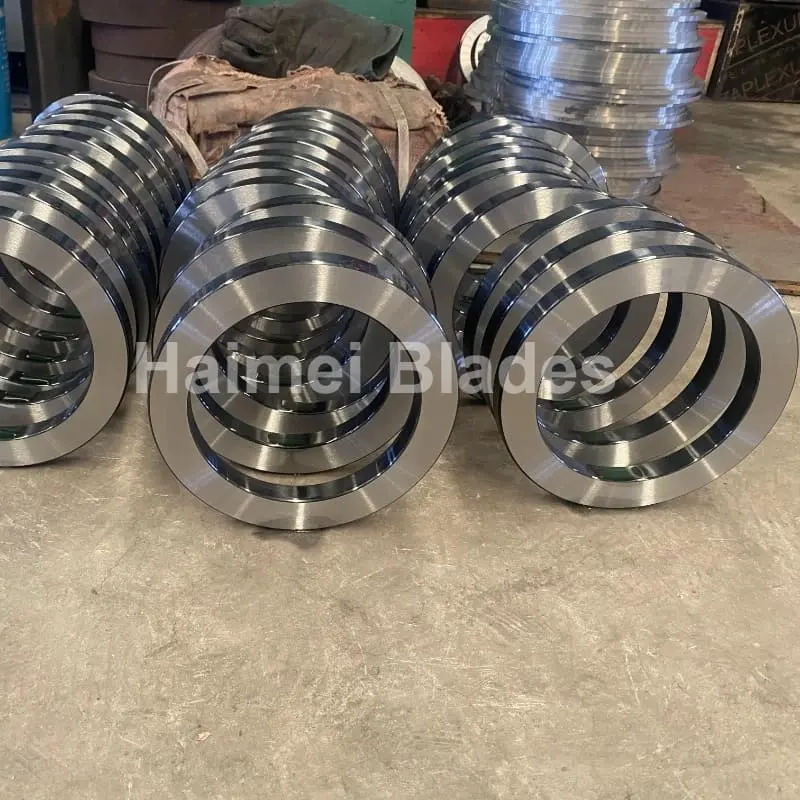In the world of metal processing, efficiency and precision are crucial, especially in operations like slitting. Metal slitting lines are designed to cut wide coils of metal into narrower strips, which are then used in various applications across industries. A key component of these lines is the slitting line separator, which plays a vital role in ensuring smooth operation and high-quality output. In this blog, we’ll explore the importance of slitting line separators, how they work, and their benefits.

What Are Metal Slitting Line Separators?
Metal slitting line separators are devices used in slitting lines to divide and organize the narrow strips of metal after they have been cut. These separators help manage the flow of material, ensuring that the strips are properly aligned and preventing tangling or damage during processing. By maintaining the integrity of the strips, separators play a crucial role in the overall efficiency of the slitting operation.
How Do Slitting Line Separators Work?
The operation of metal slitting line separators is relatively straightforward:
- Material Feed: After the metal coil has been fed into the slitting line and cut into narrower strips, these strips exit the slitting section.
- Separation Process: As the strips emerge, the separator mechanisms—often comprising rollers, guides, or other devices—help to spread the strips apart. This ensures that they do not overlap or tangle, which could lead to defects or complications further down the line.
- Alignment and Discharge: Once separated, the strips are aligned for subsequent processing, such as recoiling, packaging, or further handling. Proper alignment is crucial for maintaining product quality and facilitating efficient handling.
Benefits of Using Metal Slitting Line Separators
- Improved Efficiency: By ensuring that the strips are properly separated and aligned, separators help streamline the entire slitting process. This reduces the likelihood of jams or disruptions, allowing for continuous operation.
- Enhanced Product Quality: Properly separated strips are less likely to sustain damage or deformation. This leads to higher quality end products that meet industry standards and customer expectations.
- Reduced Labor Costs: Automation of the separation process minimizes the need for manual handling, allowing operators to focus on more critical tasks. This can lead to significant labor cost savings over time.
- Versatility: Metal slitting line separators can be used for a variety of materials and thicknesses, making them adaptable to different manufacturing needs. This versatility is essential for manufacturers who handle diverse product lines.
- Space Optimization: By organizing the strips efficiently, separators can help save floor space in the production area. This can be particularly beneficial in facilities where space is at a premium.
Conclusion
Metal slitting line separators are essential components in the metal processing industry, contributing to the efficiency and quality of slitting operations. By automating the separation and alignment of metal strips, these devices enhance productivity, reduce labor costs, and improve product quality. As the demand for precision-engineered metal products continues to grow, investing in reliable slitting line separators is a smart move for manufacturers looking to optimize their operations.
